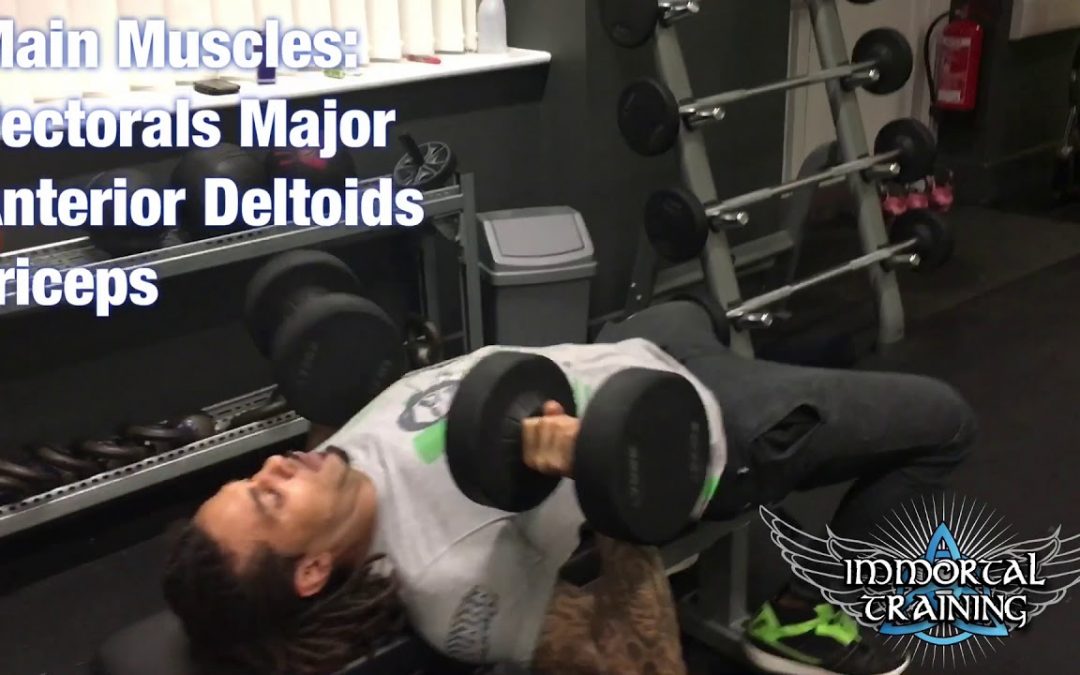
DB Chest Press

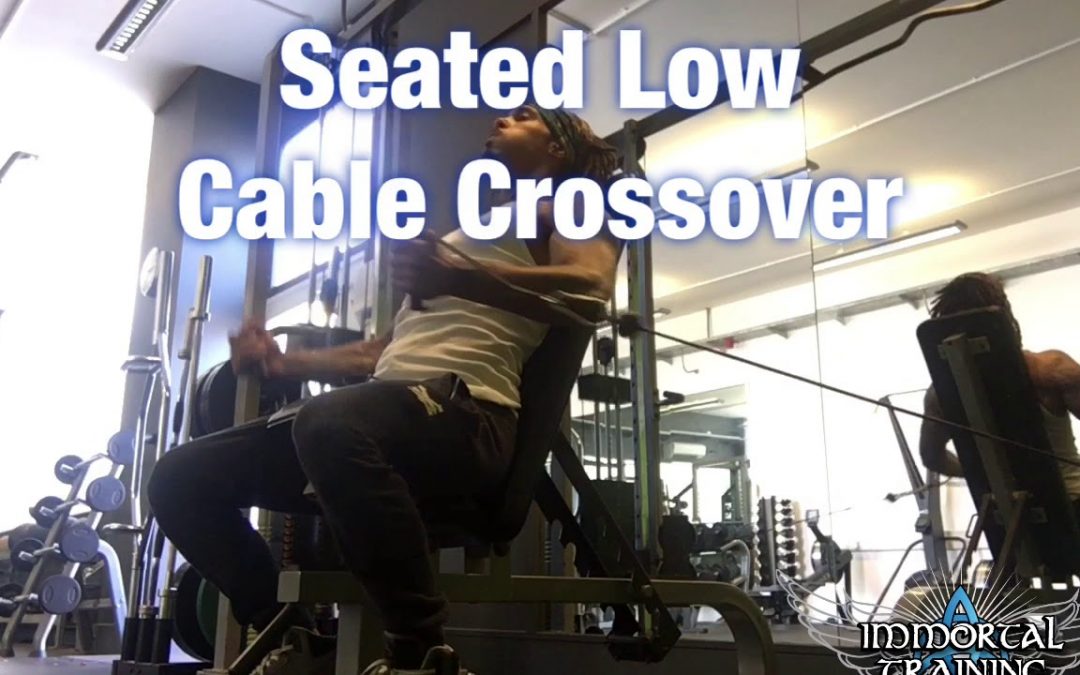
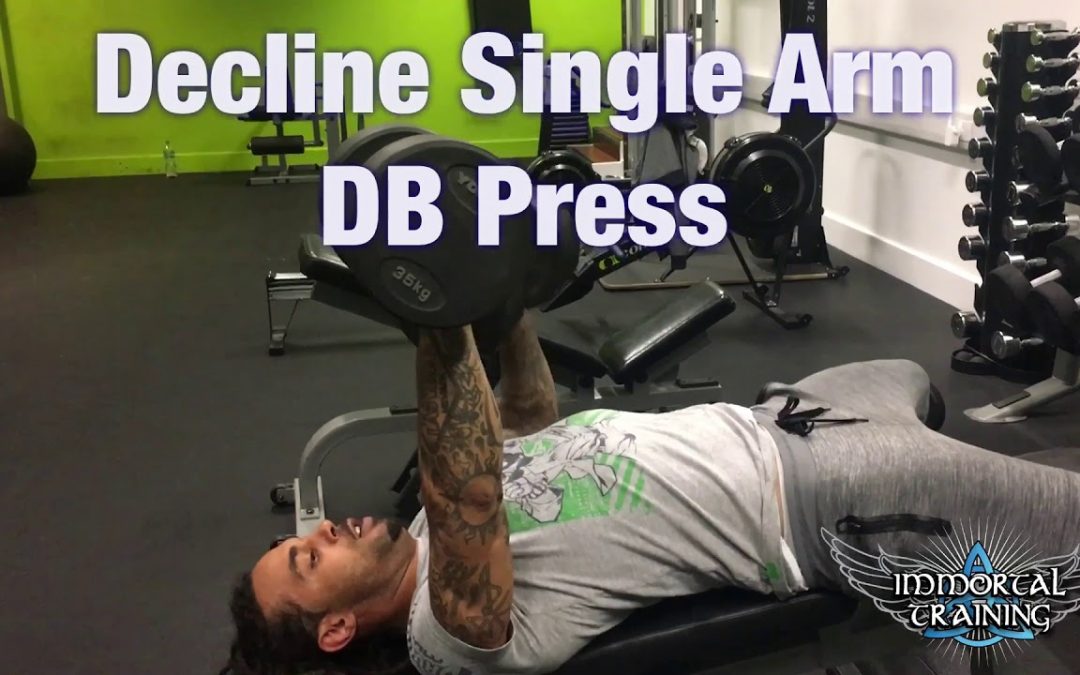
DECLINE SINGLE ARM DB PRESS
Working one side at a time works wonders for aesthetics and symmetry. The vast majority of people are more dominant on one side of the body. Personally, my left pectoral muscle has always been smaller than the right, whilst my left deltoid (shoulder muscle) has always been bigger than the left. Go figure, right? This is all down to my own unique biomechanics.
This chest press exercise will help fix the imbalance in symmetry for the pectoral muscles. Be sure to work your weaker side first, so that you don’t continue to over work the other. That way if you hit muscle failure before the set finishes on the weaker side, you will know to stop early on the dominant side. Keep this up for a couple of months and you should notice a more even balance in strength & size!
✌🏾
Tay.G
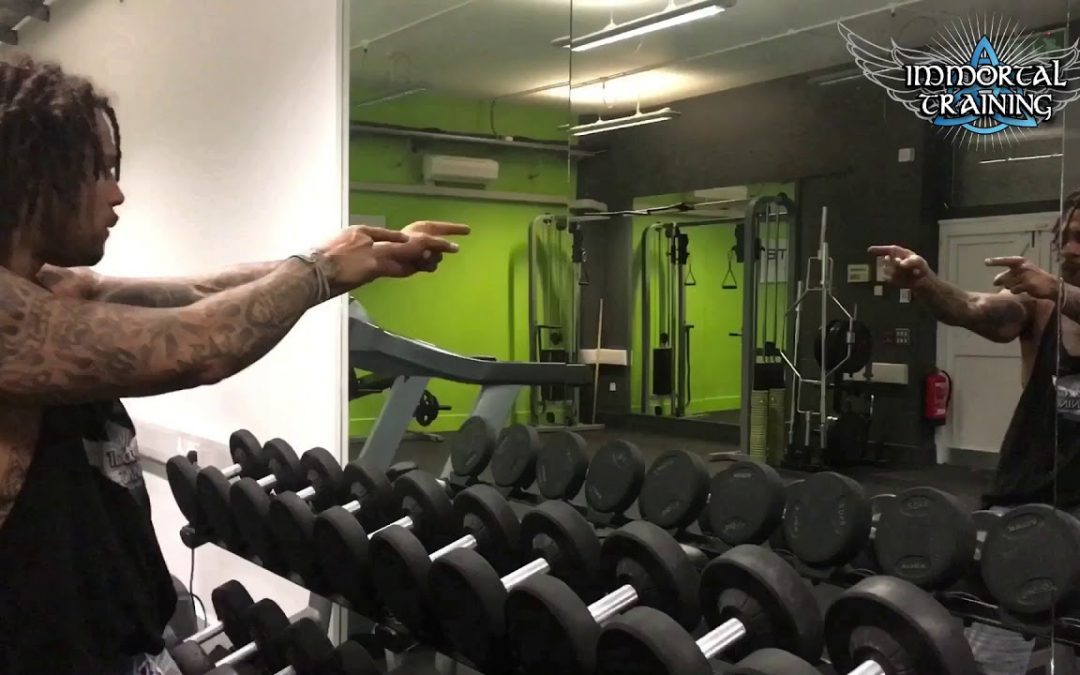
SCULPTING YOUR CHEST MUSCLES
Serratus anterior is probably the most overlooked muscle in the chest group. It is known as the “boxer’s muscle”. It is most prominent in boxers, because they use serratus constantly. It’s responsibility is to stabilize the inferior angle (bottom corner) of the scapulae, but when developed will improve the aesthetics in the area outside of your pecs where your rib cage is. J-press is a great move for building up serratus. This video will explain all.
Enjoy
Tay.G
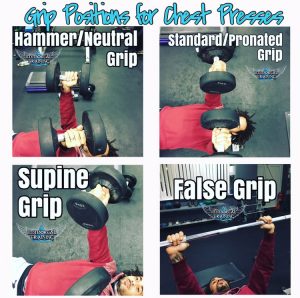
CHEST PRESS GRIP POSITIONS
It is important to work every muscle from every possible angle, so here’s some insight into the grip positions for chest pressing exercises.
STANDARD/PRONE
Target: Major Pectorals
Benefit: More ROM for Major Pectorals & Anterior Deltoids
This is the most common hand position for chest presses. The depth that it allows you to reach enables you to stretch the pectoral muscles more at the bottom part of the movement. It should be noted that flyes are usually the best choice for range or motion when training chest.
HAMMER/NEUTRAL
Target: Pectorals Minor & Triceps
Benefit: Less strain on shoulders
Pectorals Minor is a tiny muscle that lives in the middle of the major pecs. It’s main purpose is to stabilise the scaplae during pressing movements. The hammer grip will put more emphasis on this, but will still involve major pecs a great deal. The increased stabilisation of the shoulder means more emphasis on chest. You would think that this would mean that you could push more weight in this position. Unfortunately that is not the case! Shoulders play a big part in pressing, so if you’re looking to go heavier try the false grip (below).
SUPINE
Target: Upper Pectorals & Inner Triceps
Benefit: Upper pecs isolation
All around the best choice for upper pectorals. Even on a flat bench upper pecs will still be forced to work harder. I also strongly recommend this press if you are looking to build size in the triceps. Supine grip will make the inner head of tris work harder and this is the biggest muscle in the arms!
FALSE/SUICIDE
Target: Major Pectorals
Benefit: Enables you to press the most weight and puts less strain on shoulders
It’s AKA suicide grip because it is considered to be the most dangerous. Although in my 15+ years of training I have never seen anything go wrong with myself, or anyone else, when using the false/suicide grip approach. The grip allows you to keep your elbows under the bar and takes strain off of the hands and wrists. Imagine that you don’t have hands and that you are pressing the bar using the bottoms of your radius and ulna bones (forearm bones). Wrap your palms, fingers and thumbs around the same side of the bar and use a spotter. You can push the most weight when using this technique.
Good luck!
✌🏼✌🏼✌🏽✌🏾✌🏿
Tay
Recent Comments